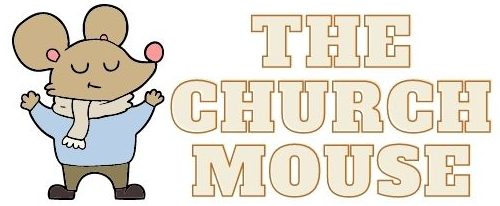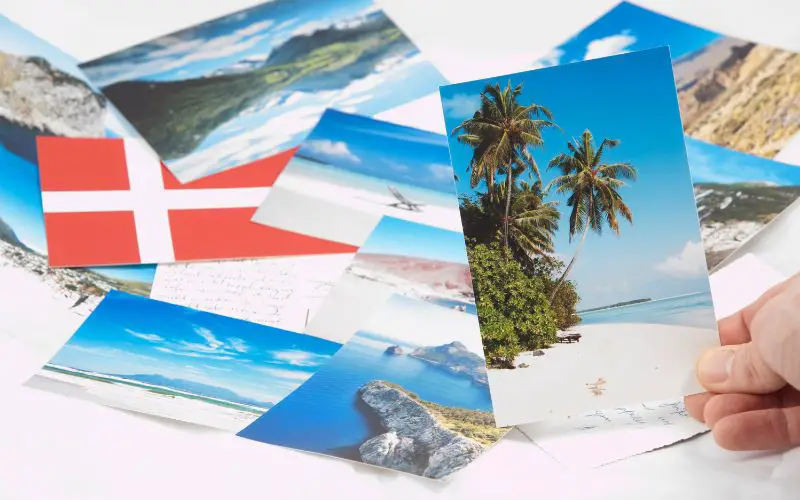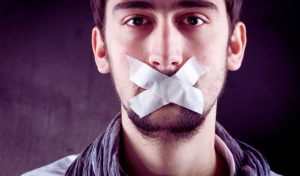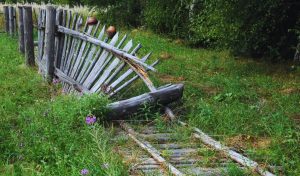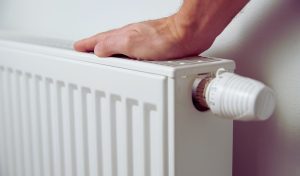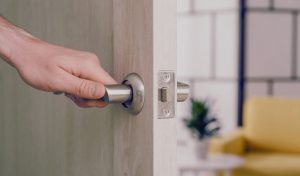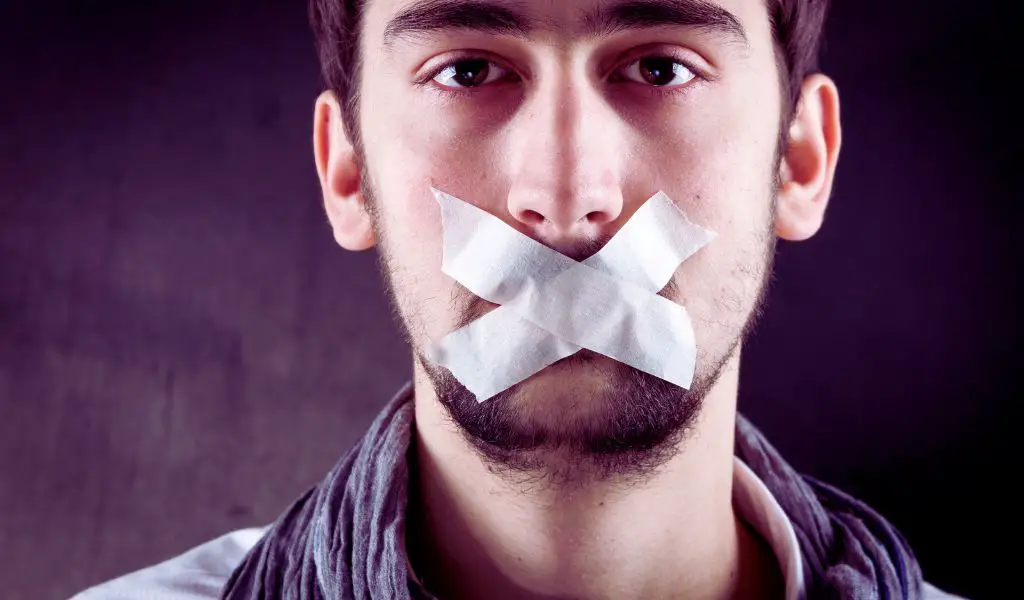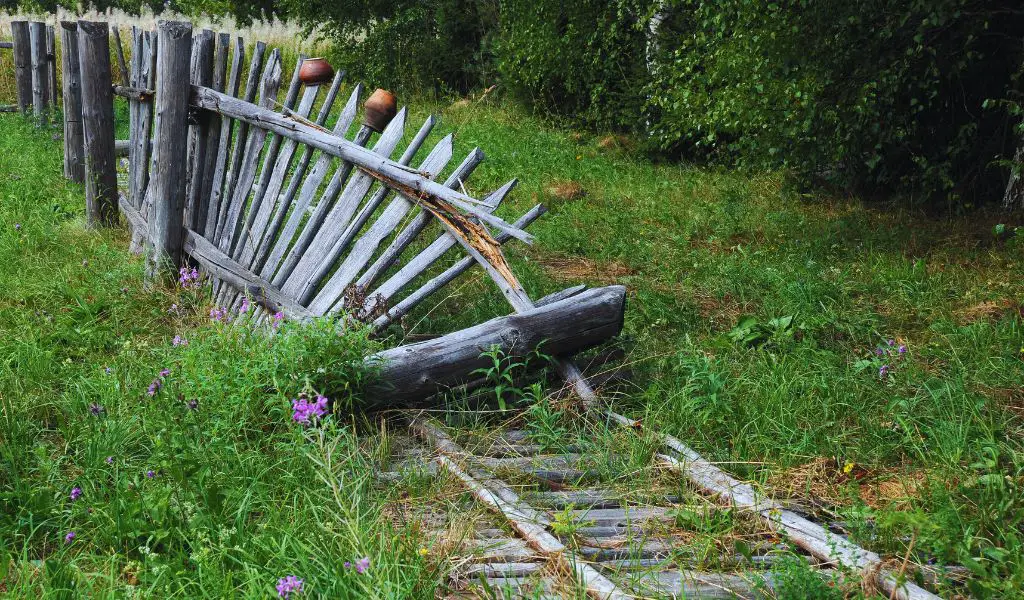If you are new to amateur radio or if you listen to transmissions then it’s probable that you have heard the term ‘QSL’ or ‘QSL card’, and, you may have wondered just what does this mean?
QSL cards are postcards that amateur radio operators exchange with each other. When someone contacts another amateur radio operator (ham), they can send a QSL card to the operator as confirmation. They contain messages, pictures, and usually the station’s callsign.
A QSL card (or “QSL”) is a paper card, usually 3.5 by 5.5 inches in size, sent by amateur radio operators to confirm contact between them.
QSL cards are also traded as collector’s items. In some cases, a QSL is the only record of a rare or historic contact.
Where do QSL cards originate?
The term “QSL” is an initialism for “I confirm my receipt of your transmission”.
It was derived from the early days of radio when telegraphers would send the Morse code abbreviation “CQD” (meaning “All stations stop sending; I have difficulties”) to indicate that they needed to break off the current transmission because they had received another message.
When no emergency was present, the call was written as “CQ”, which could be expanded to mean “Is anybody out there?” (and sometimes it was).
Hence, the use of QSL cards.
What do QSL cards look like?
QSL cards come in all shapes and sizes, depending on the amateur radio hobbyist or organization that sends them.
QSL cards are typically postcard sized and are often designed by the radio operator with images and text that reflect that operator’s style.
Some examples of QSL cards include:
A postcard that has a message written on one side, with pictures depicting the radio station or the event on the other side.
A postcard that has a message written on one side, with nothing but the radio station’s name and/or callsign on the other side (for trading).
A postcard with a printed or computer-generated picture that depicts the radio station, event, logo of the organization, etc., which means that no one had to send an actual image.

Where do I find QSL cards?
QSLs can be sent by radio, as mentioned above. You can also find them at hamfests and conventions, which are large gatherings of amateur radio operators.
You can also contact a local amateur radio club to see if they have any members who send or receive QSL cards and who might be willing to send you some of theirs.
QSL cards are often traded among amateur radio operators as a way of keeping track of whom they have contacted.
The trading of QSLs is also one method of building the community of amateurs, which is why many hams consider it impolite to refuse a request for a QSL card.
It is common practice in amateur radio for a station to verify that received QSL cards are legitimate by requesting a call back from the sending station, then contacting the verification officer of any organization that appears on the card.
Do radio hams still exchange QSL cards?
QSL cards are still an important part of amateur radio today. Many hams continue to send and receive QSLs as a way of keeping track of whom they have contacted during their time in ham radio.
Additionally, many hams also collect QSL cards from stations that they have worked or would like to work in the future.
Aside from keeping track of contacts, QSL cards are also sent by radio stations to congratulate fellow hams on their milestones. For example, a ham might send a QSL card to another ham who was recently married or had a baby, or after they were promoted at work.
What should be on a QSL card?
A QSL card is basically a way for amateurs to tell each other that they did indeed talk on the radio.
Most cards contain message, pictures of you or your station, and/or your callsign.
There are no strict rules about what should be included in a QSL card; it is really up to the amateur radio operator to choose what, if anything, to include.
In some cases, the radio operator will write a short note on one side of a card with a picture of their station or logo that is on the other side.
In other cases, all that you would see in an envelope would be a postcard with just your callsign and/or name written on the back of it.
Do I have to send a QSL card?
There are no rules about who should exchange QSL cards, so you do not have to send one if you don’t want to make another contact.
However, many hams consider it impolite not to return another ham’s QSL card, so you may want to consider sending one.
What size is a QSL card?
QSL cards vary in size, but most are postcard-sized. There is no standard size that QSL cards should be; it is up to the individual operator to decide what will work best for them.
The phrase “QSL card” can refer both to the postcards themselves and to the record of contacts which you keep by exchanging QSL cards with other amateur radio operators.
Where can I get QSL cards made?
QSL cards can be printed by anyone who has access to a printing press, but there are commercial printers that will print QSL cards for amateur radio operators.
You could also use an online service like Canva to create your own custom-designed QSL cards.
Are QSL cards valuable?
QSL cards are not considered to be investments. Very few people collect QSL cards today, but it is still possible that some hams may pay more for a rare card than others would.
Many traditional ham radio operators see QSL cards as tokens of friendship between hams.
Having these cards displayed in your home or posted on the wall as a way of showing others that you are an active ham radio operator.
QSL cards have traditionally been used as a way for hams to tell each other that they did indeed talk on the radio.
They can also be used as a way to build a community among hams who take pleasure in exchanging QSL cards with each other and keeping track of whom they have contacted.
QSL cards can be a fun and creative way to connect with other hams, especially if you choose to use an unusual design or include a personal message on them.
Final Words
QSL cards are still an important part of amateur radio today. Many hams continue to send and receive QSLs as a way of keeping track of whom they have contacted during their time in ham radio.
Additionally, many hams also collect QSL cards from stations that they have worked or would like to work in the future.
Although technologies such as the internet are now available as alternatives to physical QSL cards, there is nothing like receiving and sending a physical card to record and acknowledge a radio contact.
Read Next
- The Unspoken Complexity. Navigating the Awkwardness of Silence
- Can Guys Wear Thigh High Socks? Embracing Style and Comfort
- 7 Tips to Navigate the Delicate Art of Painting Your Side of a Neighbor’s Fence
- Silence Your Space: 5 Expert Strategies on How to Stop A Radiator from Making a Noise
- The Ultimate Guide to How to Quiet a Squeaky Door: 11 Proven Methods to Silence the Noise
- The Ultimate Guide to How to Quiet a Rattling Car: Proven Strategies for a Peaceful Ride
